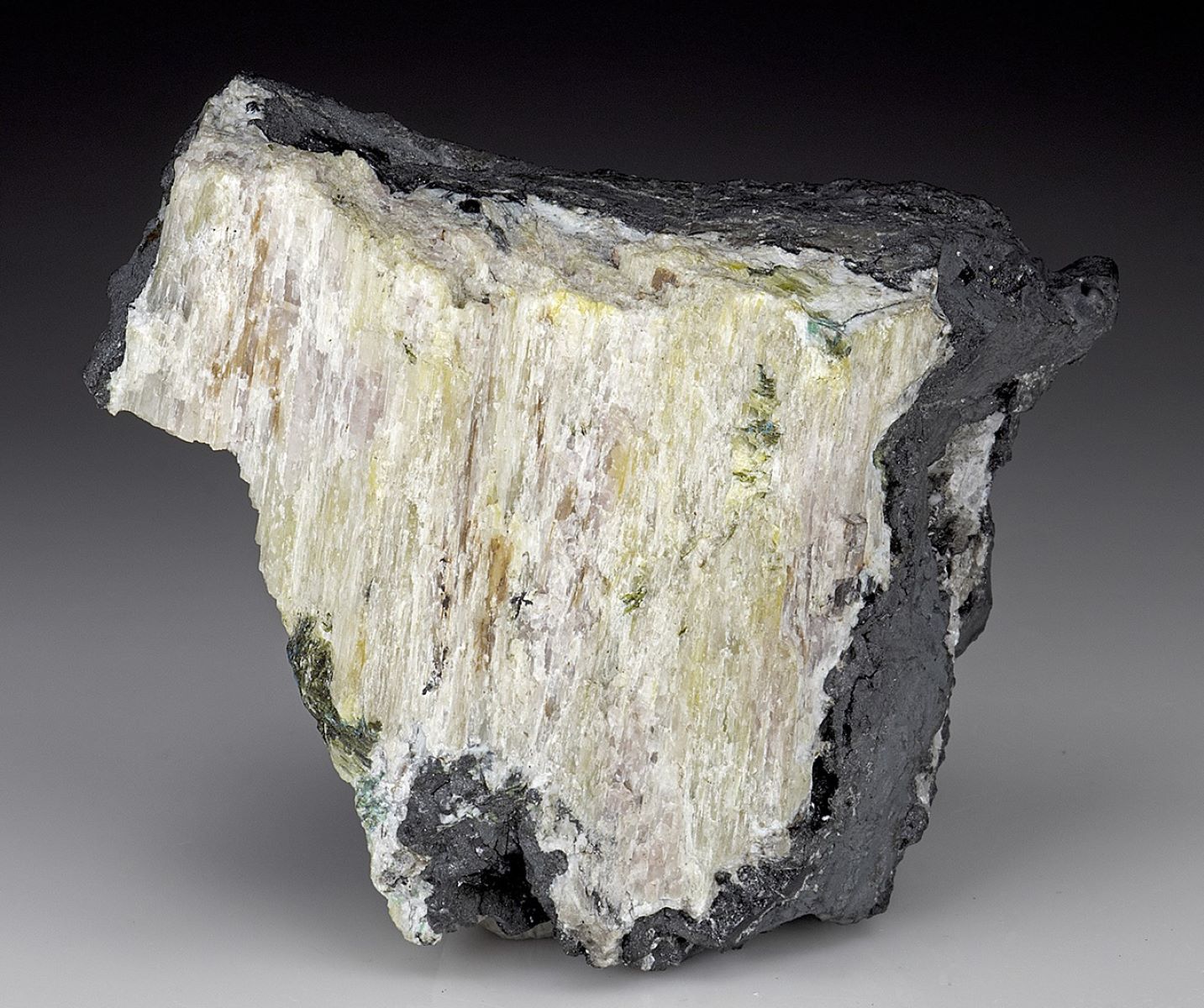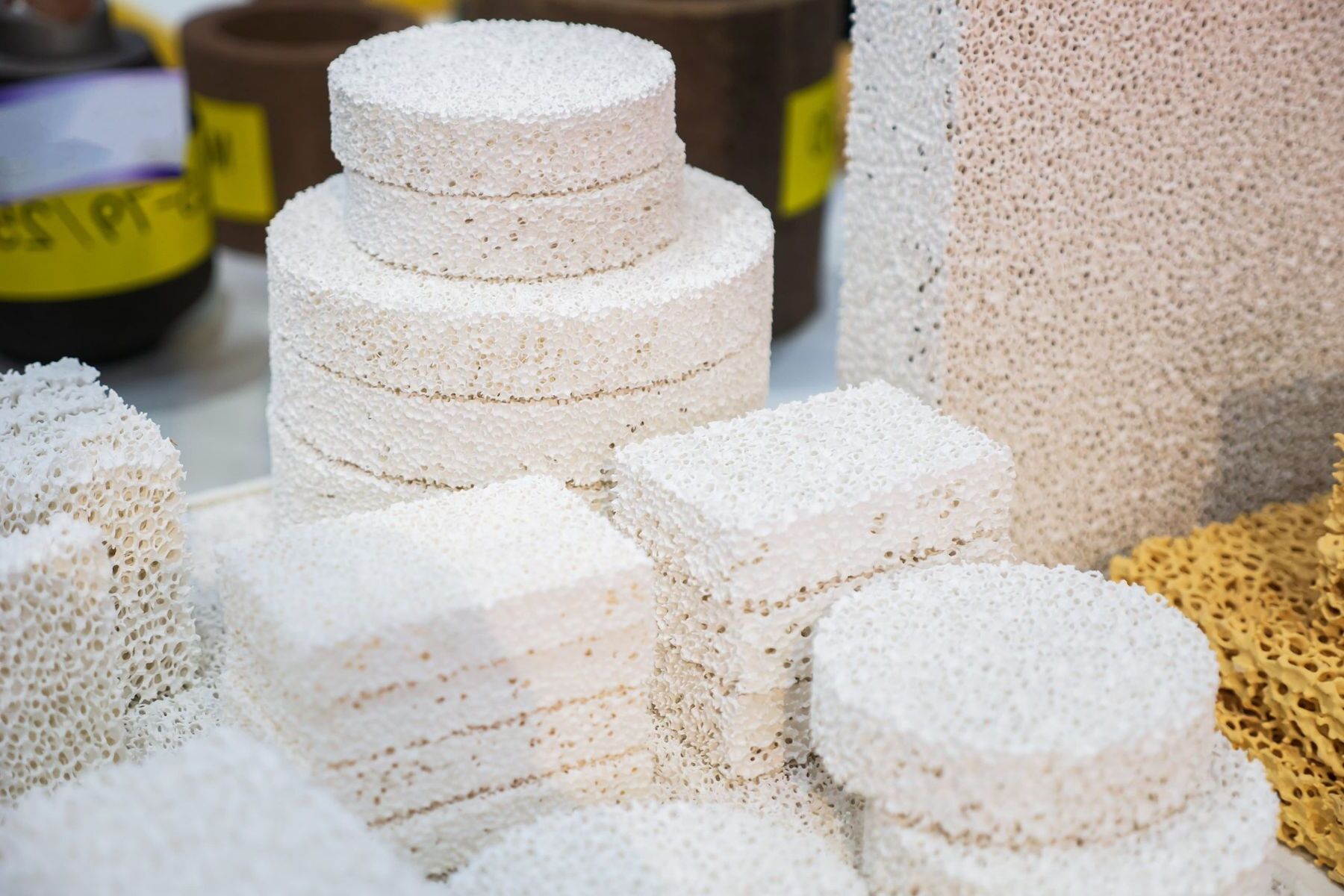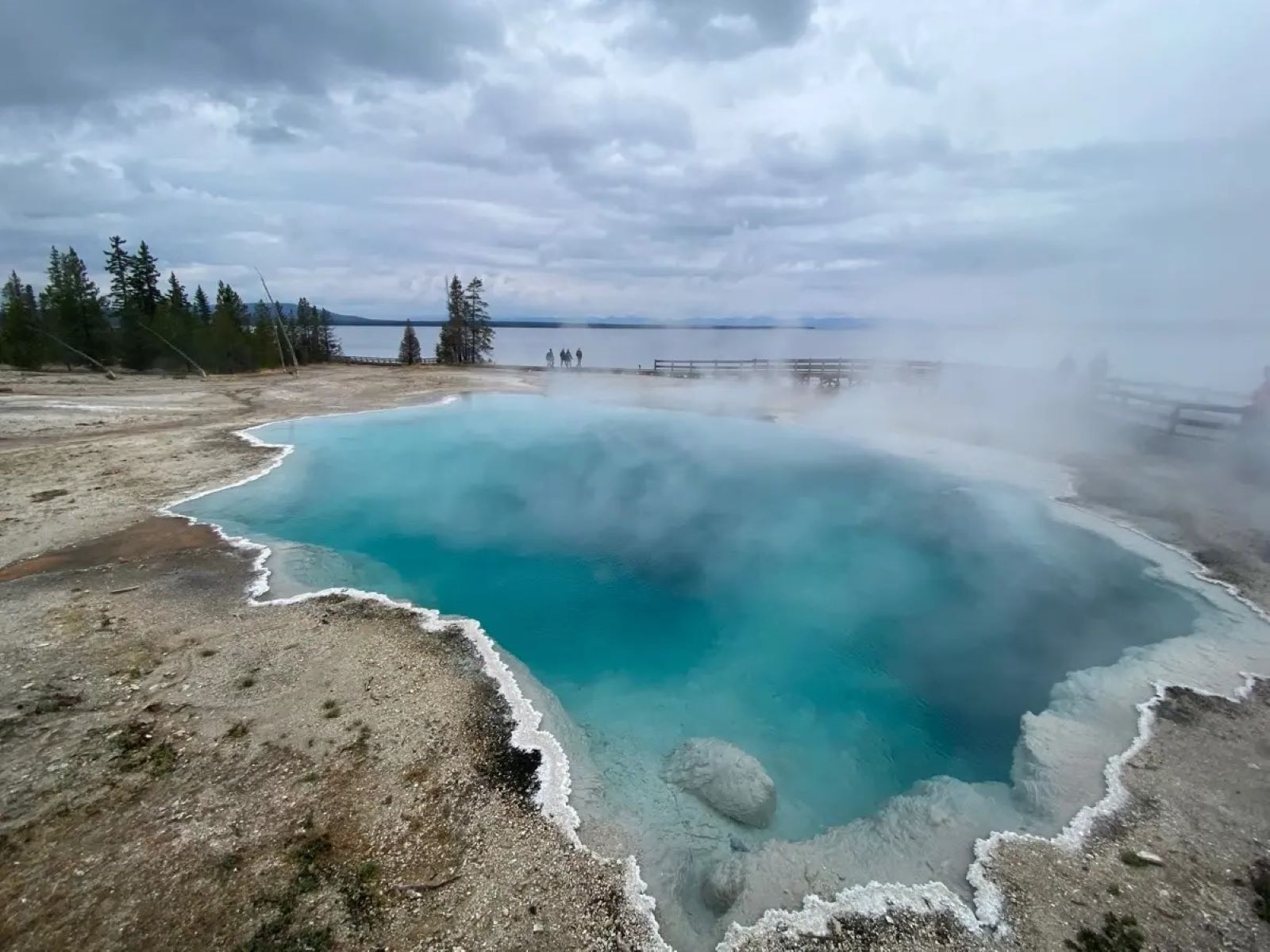
Chloroxiphite is a rare mineral that captures the curiosity of geologists and mineral enthusiasts alike. Found primarily in the Mendip Hills of England, this mineral boasts a unique greenish hue due to its lead and copper content. What makes chloroxiphite special? Its rarity and distinct crystal structure set it apart from more common minerals. Discovered in the 19th century, it has since been a subject of study for its unusual properties and formation process. Whether you're a budding geologist or just someone intrigued by the natural world, learning about chloroxiphite offers a glimpse into the complexities of Earth's geological history. Let's dive into 30 fascinating facts about this captivating mineral!
Key Takeaways:
- Chloroxiphite is a rare green mineral with a fascinating history and unique properties. It's prized by collectors and used in geological research and education due to its rarity and sensitivity to light and air.
- Chloroxiphite, a lead copper halide mineral, is known for its green color and prismatic crystals. It forms in oxidized zones and is found in limited locations like England, Greece, and Namibia. Its rarity makes it highly valued by collectors.
What is Chloroxiphite?
Chloroxiphite is a rare mineral that has fascinated geologists and mineral enthusiasts alike. Its unique properties and limited occurrence make it a subject of interest. Here are some intriguing facts about this mineral.
- Chloroxiphite is a lead copper halide mineral.
- It has the chemical formula Pb3CuO2(OH)2Cl2.
- The mineral was first discovered in England.
- Chloroxiphite typically forms in oxidized zones of lead deposits.
- It is often found in association with other rare minerals like mendipite and parkinsonite.
Physical Properties of Chloroxiphite
Understanding the physical properties of chloroxiphite helps in identifying and studying this mineral. These properties include color, hardness, and crystal structure.
- Chloroxiphite has a green to dark green color.
- It exhibits a vitreous to adamantine luster.
- The mineral has a monoclinic crystal system.
- Chloroxiphite's hardness on the Mohs scale is 3.5.
- It has a specific gravity of approximately 6.3.
Occurrence and Locations
Chloroxiphite is not commonly found, making its locations of discovery particularly noteworthy. Here are some places where this mineral has been identified.
- The type locality for chloroxiphite is the Mendip Hills in England.
- It has also been found in Laurium, Greece.
- Small quantities have been discovered in Tsumeb, Namibia.
- Arizona, USA is another location where chloroxiphite has been reported.
- The mineral is often found in old mine dumps and oxidized zones.
Uses and Applications
While chloroxiphite is not widely used in commercial applications, it holds significance in other areas.
- Chloroxiphite is primarily of interest to mineral collectors.
- It is used in geological research to understand mineral formation processes.
- The mineral can be a teaching specimen in educational institutions.
- It helps in studying the oxidation processes in lead deposits.
- Chloroxiphite is also a subject of study in crystallography.
Historical Context
The history of chloroxiphite's discovery and study provides insight into its significance in the field of mineralogy.
- Chloroxiphite was first described in 1876.
- The name chloroxiphite is derived from the Greek words for green and sword, referring to its color and crystal shape.
- Early studies of chloroxiphite were conducted by British mineralogists.
- The mineral was initially found in the Mendip Hills during mining operations.
- Historical samples of chloroxiphite are preserved in museum collections.
Interesting Facts
Here are some additional fascinating tidbits about chloroxiphite that highlight its unique characteristics and rarity.
- Chloroxiphite crystals are often elongated and prismatic.
- The mineral can sometimes exhibit a submetallic luster.
- It is considered a secondary mineral, forming from the alteration of primary lead minerals.
- Chloroxiphite is sensitive to light and air, which can cause it to alter over time.
- Due to its rarity, chloroxiphite specimens can be highly valued by collectors.
The Final Word on Chloroxiphite
Chloroxiphite, a rare mineral, holds a unique place in the world of geology. Found primarily in the Mendip Hills of England, this mineral's striking green color and complex chemical composition make it a subject of fascination. Its rarity means that few have the chance to see it up close, but those who do are often captivated by its beauty and scientific significance.
Understanding chloroxiphite isn't just about appreciating its appearance. It's also about recognizing the geological processes that create such wonders. From its formation in lead-rich environments to its discovery in old mining sites, chloroxiphite tells a story of Earth's dynamic history.
For mineral enthusiasts and geologists alike, chloroxiphite offers a glimpse into the intricate and often surprising world beneath our feet. So next time you hear about this rare gem, you'll know just how special it truly is.
Frequently Asked Questions
Was this page helpful?
Our commitment to delivering trustworthy and engaging content is at the heart of what we do. Each fact on our site is contributed by real users like you, bringing a wealth of diverse insights and information. To ensure the highest standards of accuracy and reliability, our dedicated editors meticulously review each submission. This process guarantees that the facts we share are not only fascinating but also credible. Trust in our commitment to quality and authenticity as you explore and learn with us.


